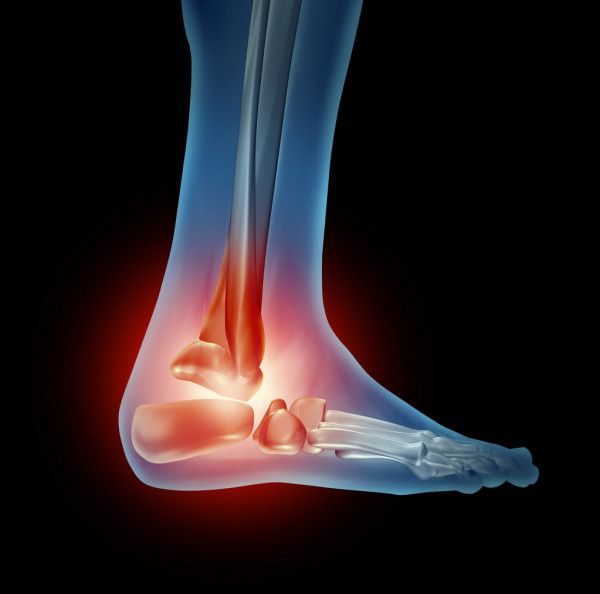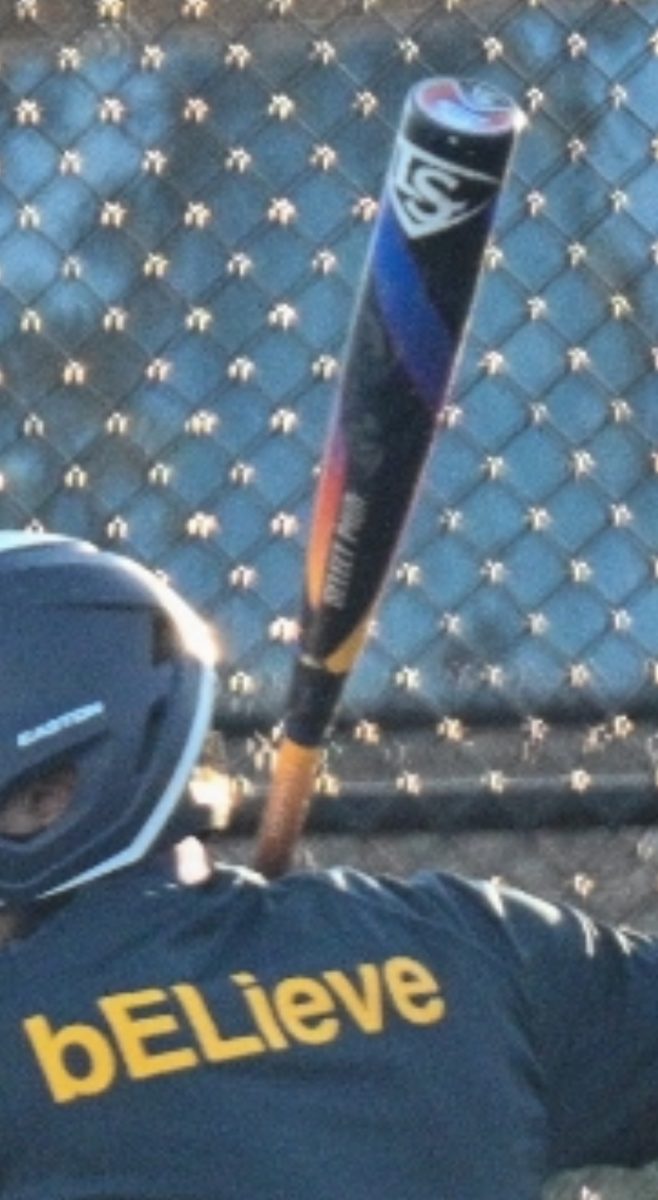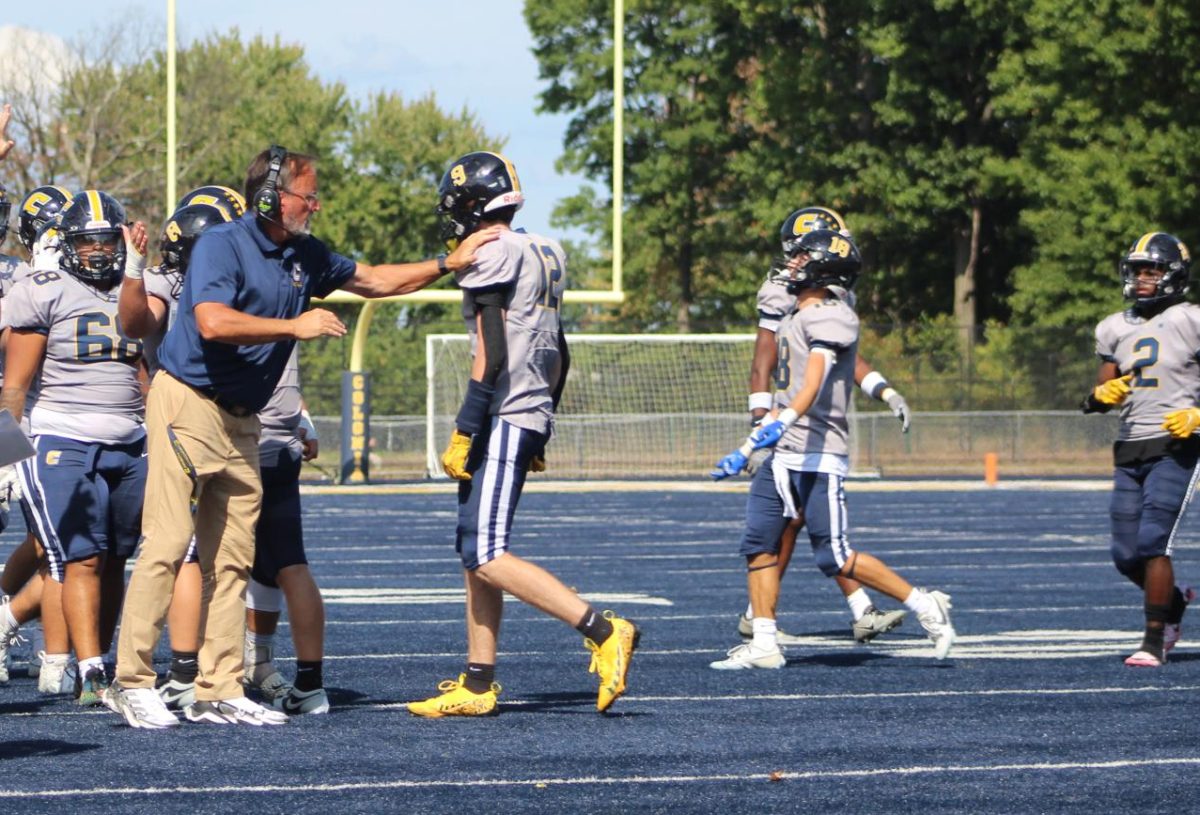Ever rolled your ankle while running, playing basketball, or just walking? Ankle sprains happen when you roll your ankle the wrong way. This damages the ligaments, the bands that hold your ankle bones together. Ankle sprains are ridiculously frequent, ruining your day and sports. In this article, we’ll explain how to know, repair, and prevent ankle sprains.
Understanding Ankle Sprains
Now let’s have a look at your ankle. It is more complex than you think.
Anatomy of the Ankle
Your ankle has bones, ligaments, and tendons. The middle ligaments are the ATFL, CFL, and PTFL. They hold your bones together. Tendons help move your foot. When they become damaged, it causes issues.
How Ankle Sprains Occur
Most ankle sprains result from movements of inversion, eversion, and plantarflexion. Inversion is when your foot rolls inward. Eversion is when it rolls outward. Plantarflexion is toe pointing. These actions will stretch or rupture those ligaments.
Risk Factors
There are some things that make it more likely for you to sprain your ankle. Sports are a big one. Shoes that fit poorly matter, too. If you previously sprained your ankle, then you are at greater risk to do so again. Poor balance and uneven ground can put you at greater risk, too.
Identifying the Symptoms of an Ankle Sprain
So how do you know if you have sprained your ankle? Let’s look.
Immediate Signs and Symptoms
The most common symptoms are bruising, swelling, and pain. It can be tender to the touch. You might not be able to move it. Your ankle can feel unstable or wobbly. Some are minor, others are very bad.
Grading Ankle Sprains
Doctors use grades to explain how bad a sprain is. Grade 1 is a stretch rather than really damaging your ankle. A grade 2 is a slight tear. A grade 3 is a complete tear. The higher the “grade” the more damage is done to the ankle.
When to See a Doctor
See a doctor if you experience extreme pain. And if you cannot put weight on your ankle, have it checked. If you think you broke something or that it won’t get better, see the doctor.
Treating Ankle Sprain: RICE and More
What do you do if you sprain your ankle?
RICE stands for Rest, Ice, Compression, Elevation. Rest your ankle. Ice it for 20 minutes, several times a day. Wrap it with a bandage to compress it. Elevate it up, above your heart. This encourages healing sooner.
Pain Management
For pain, you can use over-the-counter medication like ibuprofen or acetaminophen. If those are not enough, a doctor might prescribe something stronger.
Rehabilitation Exercises
Start with some basic range-of-motion exercises. Ankle circles or alphabet tracing with your toes work well. Then, do strengthening exercises with a resistance band. Calf raises are also beneficial. Enhance your balance with single-leg standing or a wobble board.
Preventing Future Ankle Sprains
How can you avoid spraining your ankle?
Strengthening and Flexibility Exercises
Do ankle strengthening and stretching exercises. You can do this with exercises such as calf raises and toe raises. You must also stretch your calf muscle.
Proper Footwear
Wear a well-fitting shoe that has good support around the ankle. If you do sports, get shoes that are appropriate for the sport.
Ankle Braces and Taping
Wear an ankle support or tape it if you need extra support. This is excellent when you play sports or are physically active. Ask a trainer how to tape your ankle correctly.
Training
This means you train your balance. Stand on one foot. Do it on a balance board. Do agility drills. This makes your body know where it is in space. At the end of the training aswell with the wait of the healing process you ankle will be good as new.












